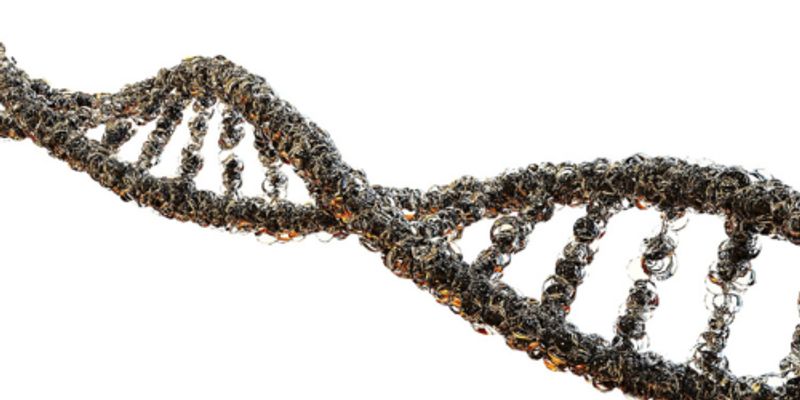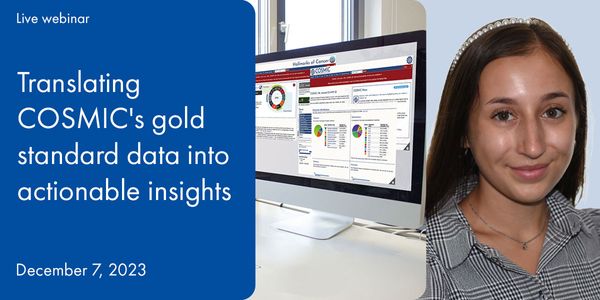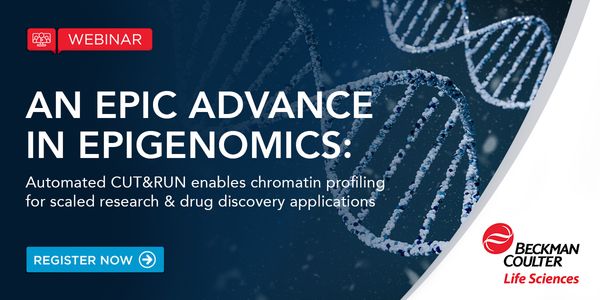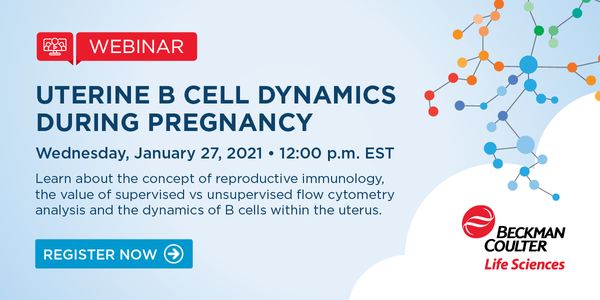Gene signatures
Gene signatures describe specific, unique characteristics of a group of genes located in a biological cell or tissue. Gene signatures can be used to diagnose diseases, including cancer. Additionally, understanding gene signatures can inform on the prognosis of disease or determine optimal treatment planning.
-
DEC 07, 2023 | 8:00 AMAs the vast landscape of genetic oncology continues to expand, the ability to understand and utilize the full potential of this rich data becomes increasingly challenging. As a result, resea...NOV 09, 2023 | 6:00 AMIn this talk we will explore the application of Multiplexed Error-Robust Fluorescence in situ Hybridization (MERFISH) technology to decode spatially regulated disease drivers in human heart...OCT 24, 2023 | 10:00 AMDynamic changes in chromatin drive gene expression programs during cellular development and contribute to pathological changes underlying disease. To date, efforts to characterize chromatin...MAR 30, 2023 | 5:00 PMDate: March 30, 2023 Time: 5:00pm (PST), 8:00pm (EST) March 31, 2023 9:00am (JST) Chimeric antigen receptor T cell (CAR-T) therapy is still challenging in targeting solid malignancies. The q...MAR 01, 2023 | 8:00 AMDate: March 01, 2023 Time: 8:00am (PST), 11:00am (EST), 5:00pm (CET) Characterizing metastasis remains key for understanding and eradicating cancer. The study of circulating tumor cells (CTC...COVID-19 remains a global health emergency with limited treatment options, lagging vaccine rates, and inadequate healthcare resources in the face of an ongoing calamity. The disease is chara...
Single-cell RNA sequencing (scRNA-seq) is an important technology that reveals gene expression differences between different cell types. Yet scRNA-seq data can be challenging to analyze and...
Speaker:
Jean-Noel Billaud, PhD
Human solid tumors, like breast cancers, represent a heterogeneous group of diseases that is best demonstrated through many differences in clinical outcomes within homogenously treated patie...
Speaker:
Maggie Cheang, Ph.D.
Presented at: Cancer Research & Immuno-Oncology Week Virtual Event Series 2022
Sponsored By: NanoString Technologies
Sponsored By: NanoString Technologies
Tumors invade surrounding tissue as cancer progresses, but the heterogeneity of cell types at the tumor-stroma interface and the complexity of their interactions has hampered mechanistic ins...
Speaker:
Laura Yerly
Presented at: Cancer Research & Immuno-Oncology Week Virtual Event Series 2022
Sponsored By: NanoString Technologies
Sponsored By: NanoString Technologies
The severe acute respiratory syndrome coronavirus 2 (SARS-CoV-2) that emerged in late 2019 has spread globally, causing a pandemic of respiratory illness designated coronavirus disease 2019...
Speaker:
Arutha Kulasinghe, PhD
A hypoxic tumour microenvironment is a feature of solid tumours. Many tumour types contain high fractions of hypoxic tissue. The relationship between high levels of tumour hypoxia and a poor...
NanoString has started an ambitious project called the "Spatial Organ Atlas." The goal of this initiative is to map the architecture of tissues with spatially resolved whole transc...
Speaker:
Alison VanSchoiack, PhD
MAR 09, 2022 | 8:00 AM
Date: March 09, 2021 Time: 08:00am (PST), 11:00am (EST), 5:00pm (CEST) Bioengineering technologies hold enormous potential to solve many of our world’s pressing problems. However, they...
Severe SARS-CoV-2 infection often leads to development of acute respiratory distress syndrome (ARDS), with profound pulmonary patho-histological changes post-mortem. In this study, we utiliz...
Speaker:
Camilla Margaroli, PhD
























